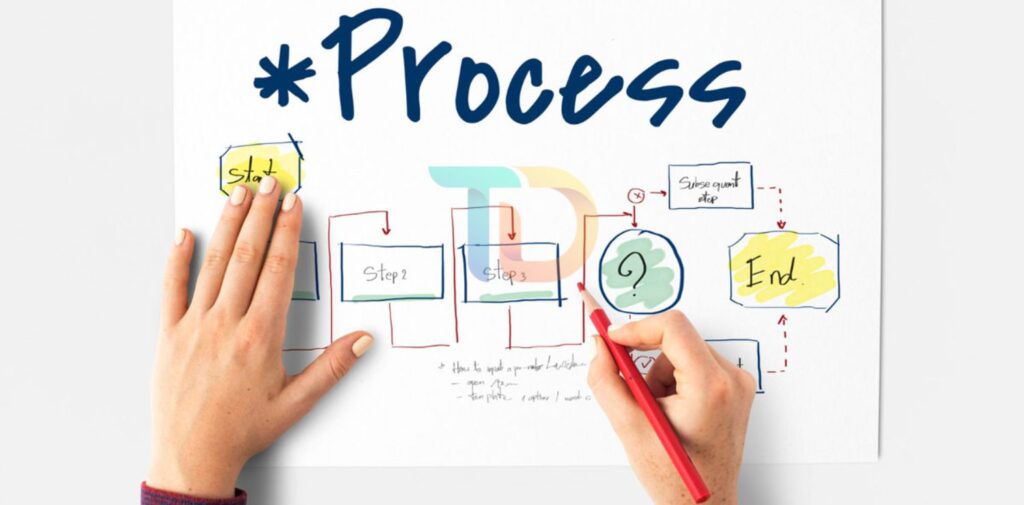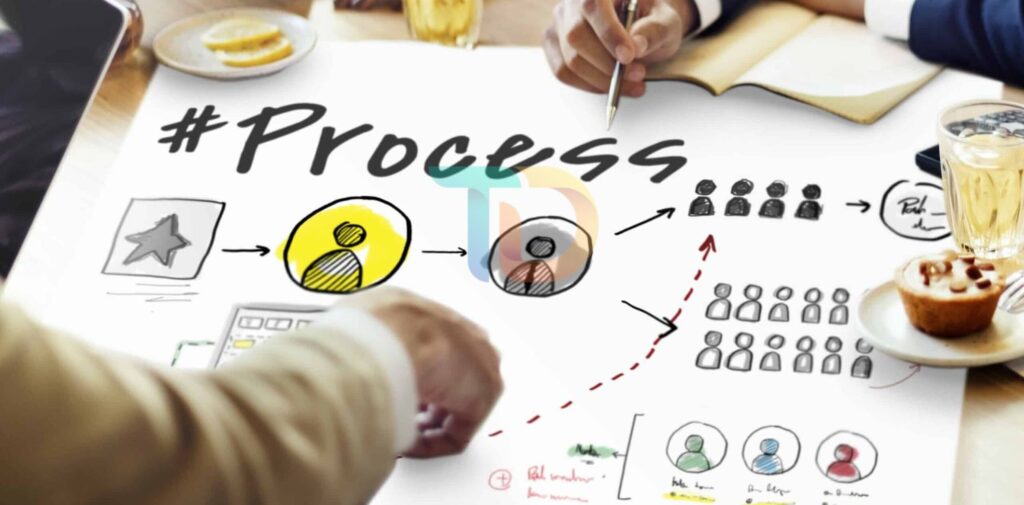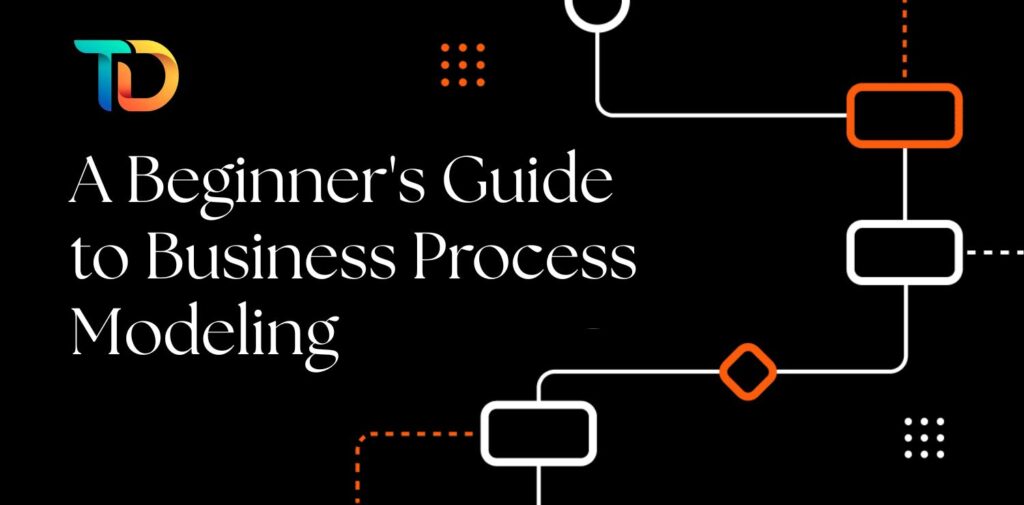Business Process Modeling (BPM) is an important tool for businesses looking to improve their operations and efficiency. It helps organizations understand, analyze, and improve their processes in a structured way. If you’re a beginner looking to understand BPM, this guide will explain its concepts in simple language, making it easy for you to get started.
What is Business Process Modeling?
Business Process Modeling is the practice of visually representing the processes within a business. It uses diagrams to show the flow of tasks, information, and decisions from start to finish. These diagrams help in understanding how work gets done in an organization, where there are inefficiencies, and where improvements can be made. BPM is useful for companies to streamline their operations, reduce costs, and ensure that every team member knows their role in the process.
In India, businesses across various industries are using BPM to improve productivity. Whether it’s in manufacturing, IT, or service industries, having a clear understanding of business processes helps in making better decisions and achieving long-term goals.

Why is Business Process Modeling Important?
Understanding the importance of BPM is crucial for any business. One of the biggest advantages of Business Process Modeling is that it helps companies identify bottlenecks and inefficiencies. When processes are mapped out visually, it’s easier to spot areas where things are slowing down or causing unnecessary delays. This can lead to better planning and optimization of resources.
For example, in an Indian company where customer service plays a big role in its success, modeling the customer service process can help identify areas where customer queries are delayed or where employees need more training. By improving the process, companies can enhance customer satisfaction and boost their reputation.
Another reason BPM is important is that it fosters better communication. When all employees have a clear view of a process, there’s less chance of misunderstanding or miscommunication. It also allows stakeholders to make informed decisions, as they can see exactly how changes will affect the flow of work.
The Key Elements of Business Process Modeling
There are several important elements in Business Process Modeling that help in creating an effective process diagram. These elements are symbols and notations used to represent different parts of a business process. Here are the key elements:
- Activities or Tasks – These represent the work that needs to be done in the process. An activity could be anything from processing a customer order to approving a document. These are usually shown as rectangles in a BPM diagram.
- Events – Events are things that happen during the process that may trigger an action or change the course of the process. Events could be things like receiving an order or getting an email response. They are often represented as circles.
- Gateways or Decisions – Gateways represent points where decisions need to be made. For example, a decision might be made whether to approve or reject a loan application. Gateways are typically represented as diamonds in BPM diagrams.
- Flows – Flows show how one task or event leads to another. They are represented by arrows in a BPM diagram. Flows help in visualizing the order in which tasks are carried out.

How to Create a Business Process Model?
Creating a Business Process Model might seem complex at first, but by following a few simple steps, you can design your own process flow. Here’s how to do it:
- Identify the Process to Model – First, you need to identify the specific business process you want to model. This could be anything from processing an invoice to onboarding new employees. Make sure the process you choose is important and will benefit from improvement.
- Define the Scope – Before you start drawing the process, it’s important to define the scope. Are you focusing on the entire process or just a part of it? Knowing the scope will help you create a more focused and manageable model.
- Map the Process Flow – Start by drawing the process flow using the symbols mentioned above. You can use simple tools like Microsoft PowerPoint or Excel, or specialized BPM software like Lucidchart or Bizagi. The key is to clearly represent the sequence of tasks, events, and decisions.
- Review and Analyze – Once you’ve mapped out the process, review it with your team. Look for inefficiencies, delays, or any areas that need improvement. Getting feedback from stakeholders can provide valuable insights.
- Improve and Optimize – After identifying areas for improvement, make changes to the process. This might involve removing unnecessary steps, automating certain tasks, or reassigning responsibilities.
Conclusion
Business Process Modeling is an essential tool for improving efficiency, reducing costs, and ensuring smoother operations in any business. For beginners in India, understanding BPM can greatly enhance the way processes are handled in organizations. By mapping out business processes, businesses can identify bottlenecks, improve communication, and make informed decisions that drive growth. So, if you’re new to BPM, start small, experiment with simple processes, and gradually refine your skills. Over time, you’ll see how valuable this tool is in achieving business success.


